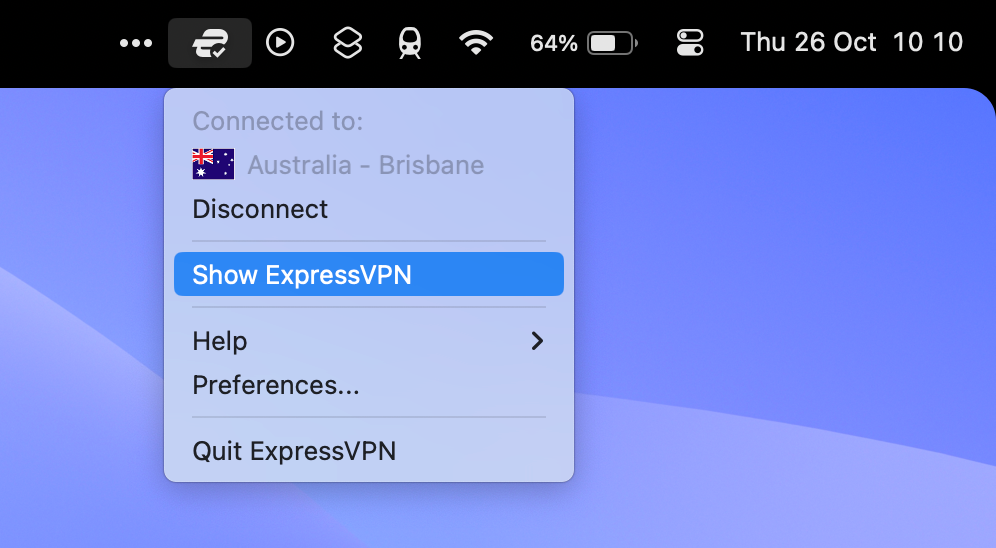
Clearing Background Processes on Your Mac: A Comprehensive Guide

Optimize your Mac's performance by eliminating background processes Boost efficiency and speed with our expert guide
Some Noticeable Information
Background processes get added to your Mac with different apps you install. Sometimes they're useful, but oftentimes they just get in the way.
To eliminate any unnecessary background processes on your Mac, navigate to System Settings > General > Login Items. From there, disable all the processes that are not required.
What Are Background Processes?
Background processes on your Mac, as the name implies, refer to processes that operate in the background. They encompass updaters for different applications and are occasionally accompanied by a menu bar icon, which offers convenient access to features.
Some examples of software that can slow down your computer include the Google Updater used by Chrome, VPN apps that connect when your computer boots up, and apps like Steam and Setapp that provide access to other software. While some of these programs are useful to keep running in the background, many of them only serve to slow down your computer.
When installing a new app on macOS, you will be prompted for explicit permission to enable various system settings such as notifications and file access. However, this approval process does not apply to background processes. As a result, apps can automatically run background processes without seeking permission. Although a pop-up notification will initially appear, it is possible to overlook and subsequently forget about it.
That's why it's worth periodically removing unnecessary background processes on your Mac.
How to Remove Background Processes on macOS
To view the current background processes, go to System Settings, select General, and then click on Login Items. In the "Allow in the Background" section, you will find a list of available background processes. You can enable or disable each process by using the corresponding buttons.
To terminate an active process, you have a couple of options. Firstly, you can manually quit the corresponding application, secondly, you can end the process using Activity Monitor, or alternatively, you can simply restart your Mac after implementing the necessary modifications.
Unclearly labeled processes can make it difficult to understand their purpose. They may be identified by the developer's name or a generic process name like "com.microsoft.office.licensing.helper." To gain clarity, consider searching the internet to learn more about these ambiguous processes.
On the other hand, disabling a process should result in some noticeable changes in the currently active applications on your Mac. If you do not observe any significant differences, it is likely that keeping it disabled will not have a significant impact.
Add or Remove Login Items, Too
In the System Settings, you can locate Login Items at the top of this page. These are applications that are loaded when macOS starts up. Unlike background processes, which include updaters, helper apps, and middleware, Login Items are typically complete applications.
To remove an app from the "Open at Login" section, simply select it and click the minus (–) button. Conversely, if you want to include new apps, click the plus (+) button. For instance, if you often utilize Amphetamine to prevent your Mac from sleeping, you may want to set it to launch at login, enabling you to easily trigger it using the menu bar or a keyboard shortcut. Another tool that you could add to this section is Bartender, which helps organize the menu bar.
Editor's P/S
As a Gen Z netizen, I am all too familiar with the issue of background processes slowing down my Mac. I've had my fair share of frustration with apps that seem to be running in the background even when I'm not using them, and it can be a real pain to try to figure out which ones are the culprits.
That's why I was excited to read this article, which provides a comprehensive guide to clearing background processes on a Mac. I found the instructions to be clear and easy to follow, and I was able to quickly identify and disable the unnecessary background processes that were slowing down my computer. I'm really happy with the results, and I would definitely recommend this guide to anyone else who is looking to improve the performance of their Mac.








